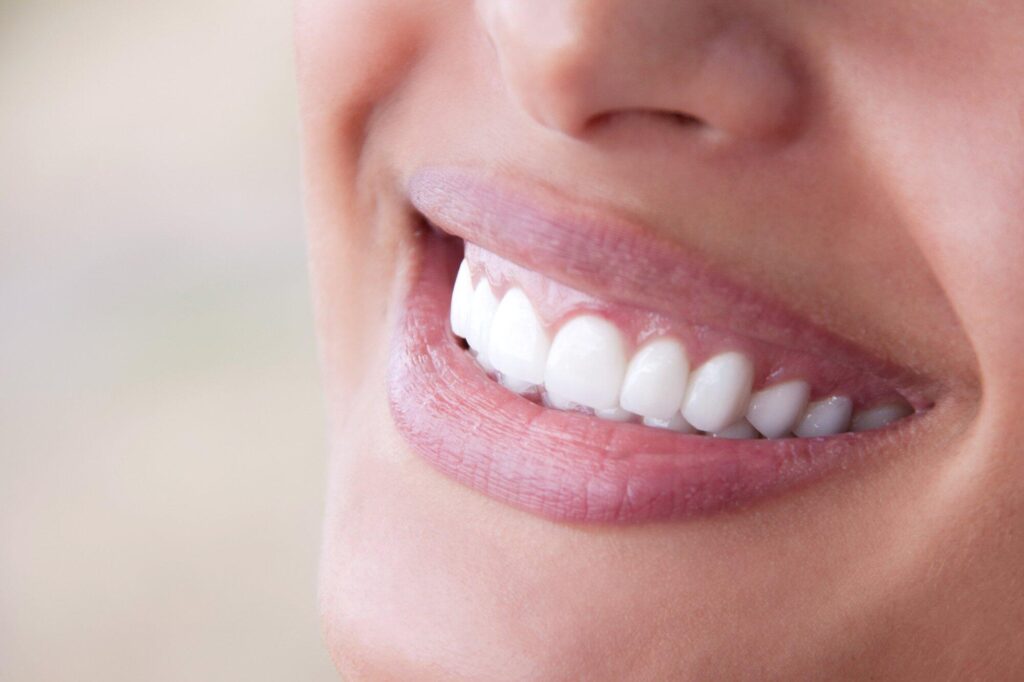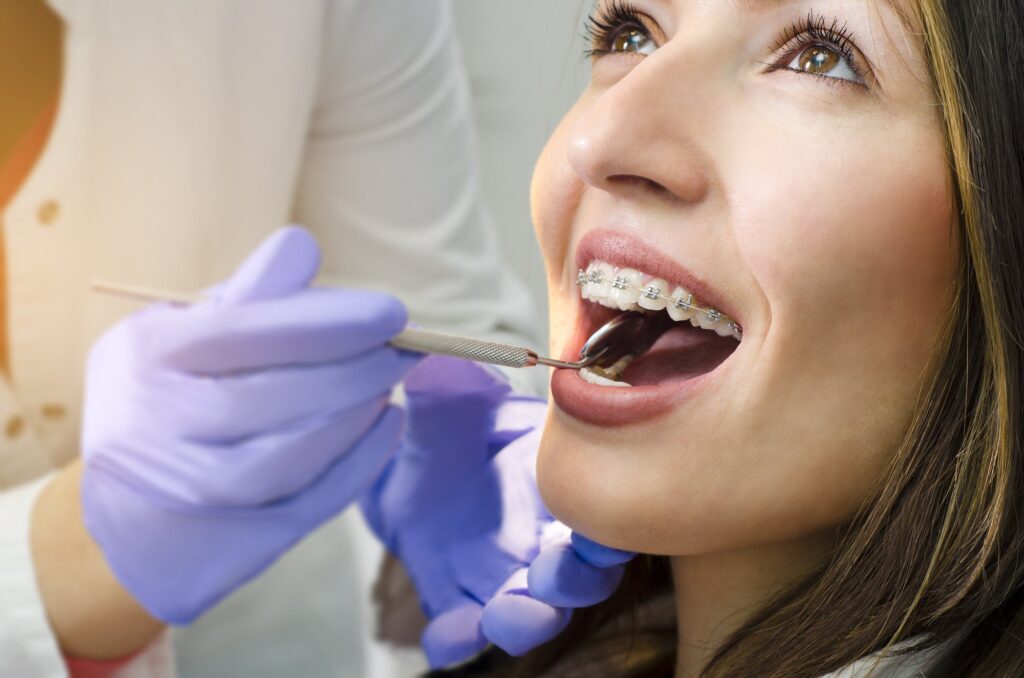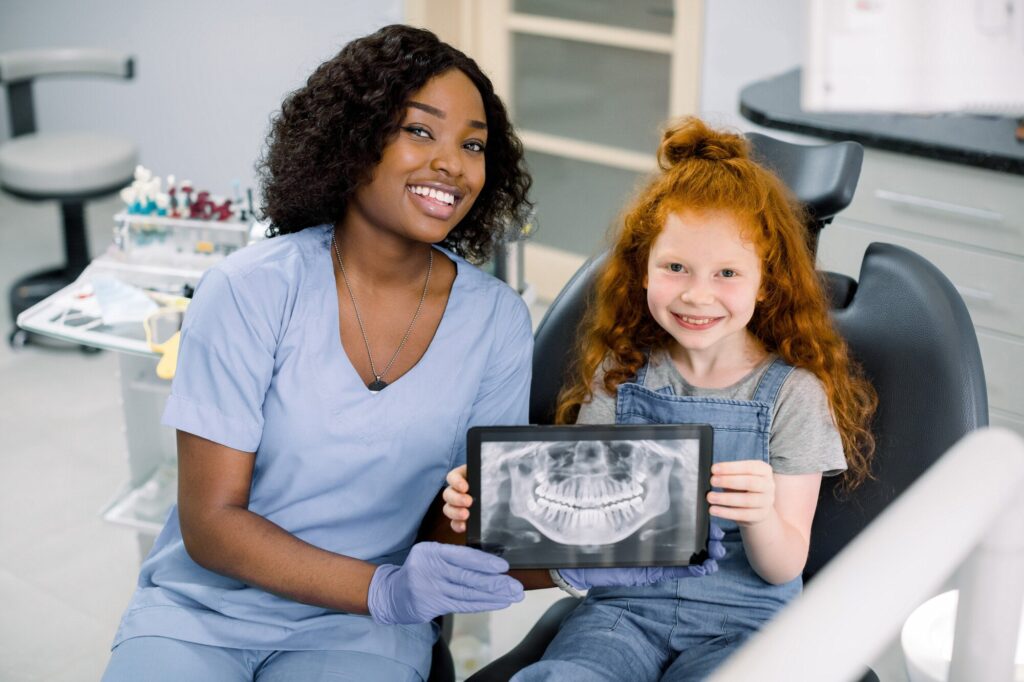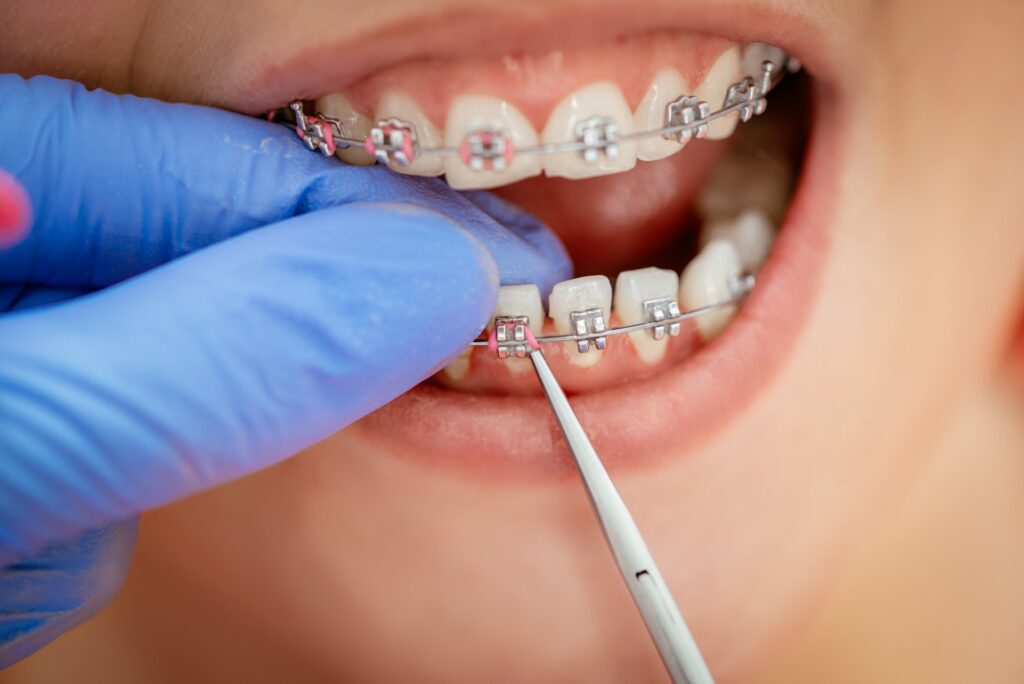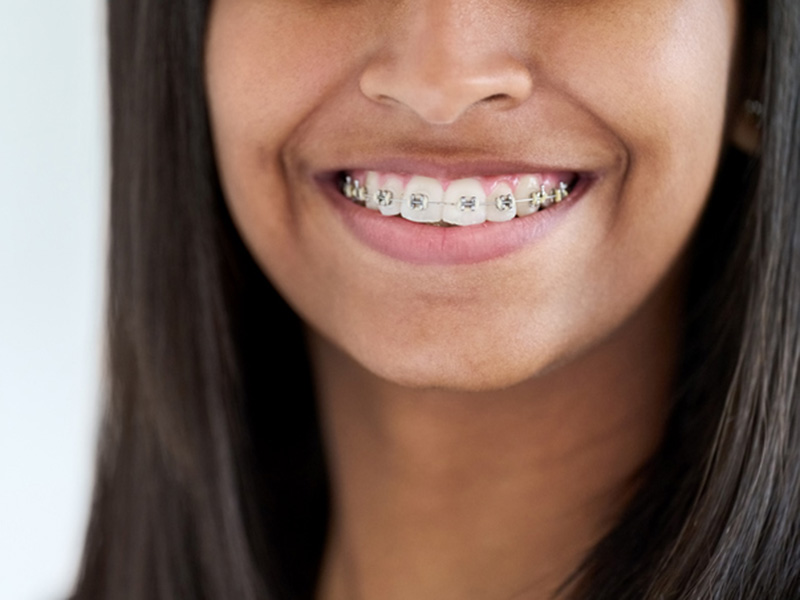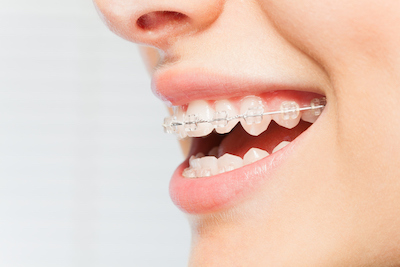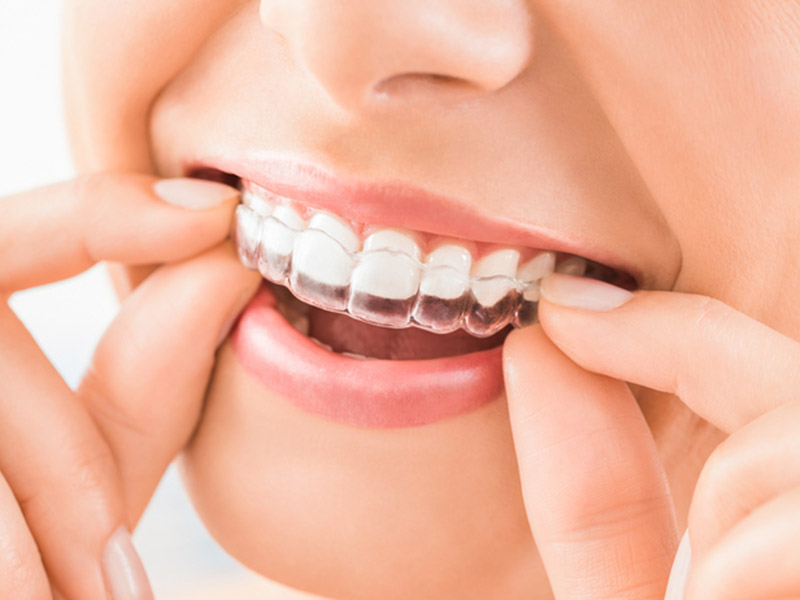January 24, 2024
Did you know that nearly 4 million Americans wear braces? Complete smile makeovers can help you gain confidence, live a healthier life, and feel great about your dental health.
Do you want to hear more about how a smile transformation has helped people just like you? Read on to discover testimonials from real SouthShore Orthodontics patients.
Brian’s Story: Smiles Change Lives
At SouthShore Orthodontics, we are a proud partner of the Smiles Change Lives program. The program provides donated braces for children and teens.
Brian was selected to start the process and, with help from Dr. Ahrens, he was able to start his journey to a new smile with a set of braces.
Brian is forever grateful to Dr. Ahrens and the rest of the team here at SouthShore Orthodontics for giving him the confidence he needs in his everyday life.
“Smiles Change Lives has given me so much confidence. I am a way more confident person than I was before. I find it easier to talk to people because I just go up to them, talk to them, smile, (and) have a good time.”
Kala’s Story: Braces Before and After
Kala came into SouthShore Orthodontics with an open bite, which was a result of sucking her thumb as a baby and throughout her childhood. When you have an open bite, your teeth do not touch. To fix this issue, Kala reached our team for a consultation and to better understand her treatment options.
After receiving her customized treatment plan, Kala started the braces process and within a few weeks, her bite started to adjust and she felt her teeth touch for the first time. “The moment that they [my teeth] started touching, I was like, ‘Victory, thank god!'”
Abigail’s Story: Early Orthodontic Care
Abigail is a great example of the importance of early orthodontic evaluation for children. Abigail details her experience with Dr. Ahrens and the process of taking her first X-rays. “They had to take photos of me without smiling, but it was hard because it’s hard not to smile!”
Here at SouthShore Orthodontics, we will not begin the braces process on your child until we are fully confident that they are ready. “They really took their time to explain what they needed to do, and we didn’t even start right away,” Abigail’s mother recalls. “When he first evaluated us, Dr. Ahrens wanted to wait a few more months.”
Six months later, Abigail got her braces on and quickly noticed improvements in her smile and in her bite.
Sophia’s Story: Straighter Teeth as an Adult
Currently, about 32% of patients getting orthodontic treatment in the United States and Canada are adults.
Sophia had a very extreme overbite that was corrected with braces when she was a teenager. However, after her braces were off, she didn’t wear her retainer correctly and her bottom teeth ended up shifting, with one tooth in particular protruding out very far. If this wasn’t fixed, it could’ve lead to major dental issues.
Sophia decided to get braces again and reached out to us to restart her journey. Based on her unique needs, Dr. Ahrens reccomended traditional metal braces and within 3 months of treatment, she felt the treatment had made a dramatic difference.
Sophia’s smile transformation has completely changed the way she presents herself. “I am a lot more confident. I was a little nervous about smiling with braces, but now I don’t mind smiling with a big bright smile where my bottom teeth are showing!”
Lexie’s Story: Confidence as a Teen
Braces can be a scary topic for anyone at any age. Sophia reached out our team to help her find the best treatment options for her overcrowded teeth. Dr. Ahrens took his time to help explain the issue, and ensured Lexie and her family understood her treatment plan before they committed to anything.
“I was really nervous the first time I came to SouthShore because I didn’t know what to expect. But everybody was really nice and helpful when I first came here and it really made me feel more comfortable with having to get braces,” Lexie recalled.
Lexie looks back fondly on her time at SouthShore. “I had a lot of friends who needed braces and I recommended them to SouthShore Orthodontics because they were the ones that helped me perfect my smile.”
Jameela’s Story: Smile and Confidence Transformation
At SouthSore Orthodontics, we offer treatment for any age because a beautiful smile matters. Jameela had braces when she was a teen; however, she started to recognize signs that her orthodontic treatment had not been done correctly. That is why Jameela decided to get braces as an adult and trusted SouthShore to improve her confidence and fix her bite.
Since getting braces, her confidence has improved. “I can look at myself and see the improvement since I’ve had my braces on.”
Jameela has high hopes for her confidence to flourish even more after getting her braces off.
Complete Smile Makeovers: Get Ready to Tell Your Story
Have these stories of complete smile makeovers inspired you? Contact us today to schedule your consultation. Our team at SouthShore Orthodontics is ready to help you have an inspiring story of your own to tell!

